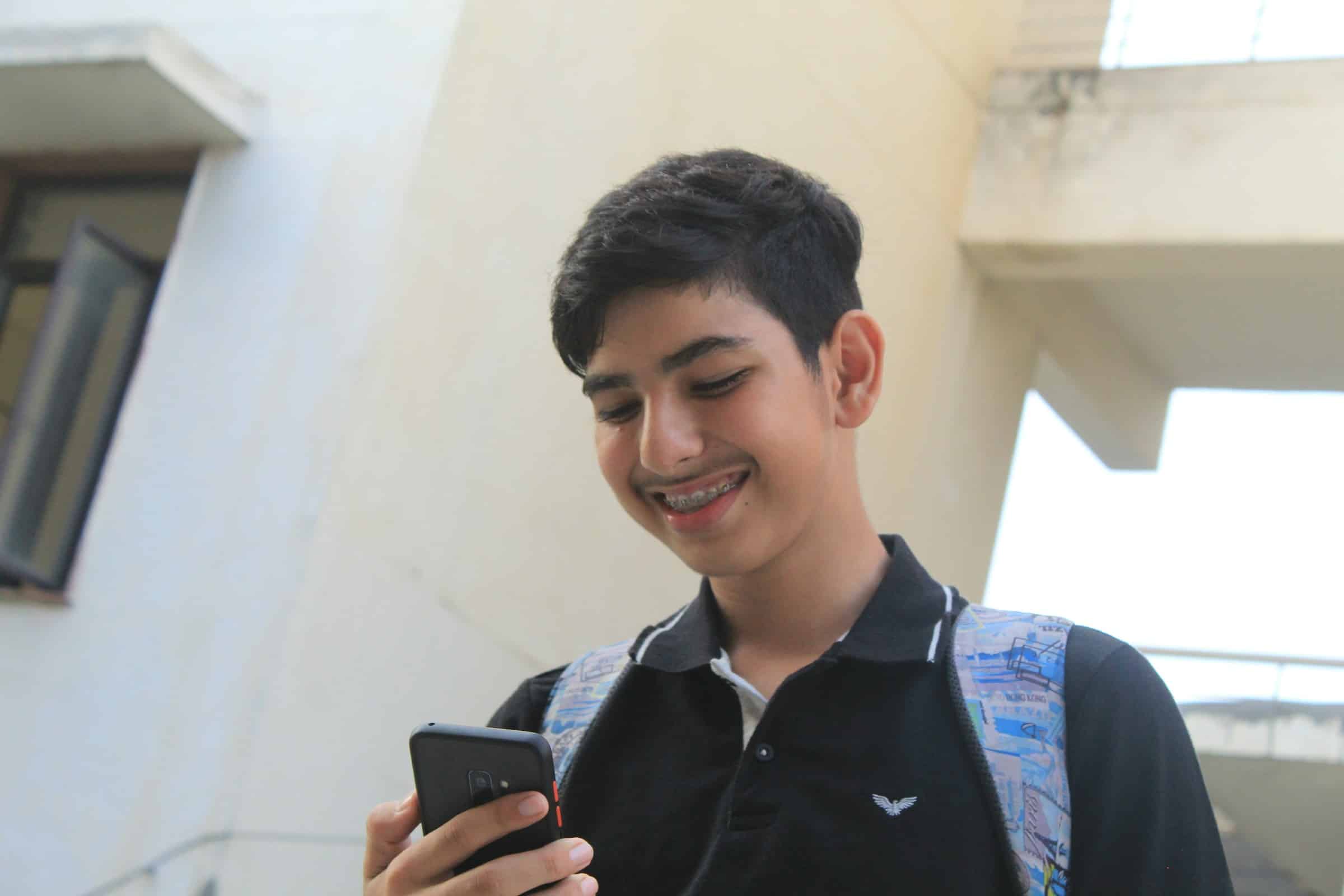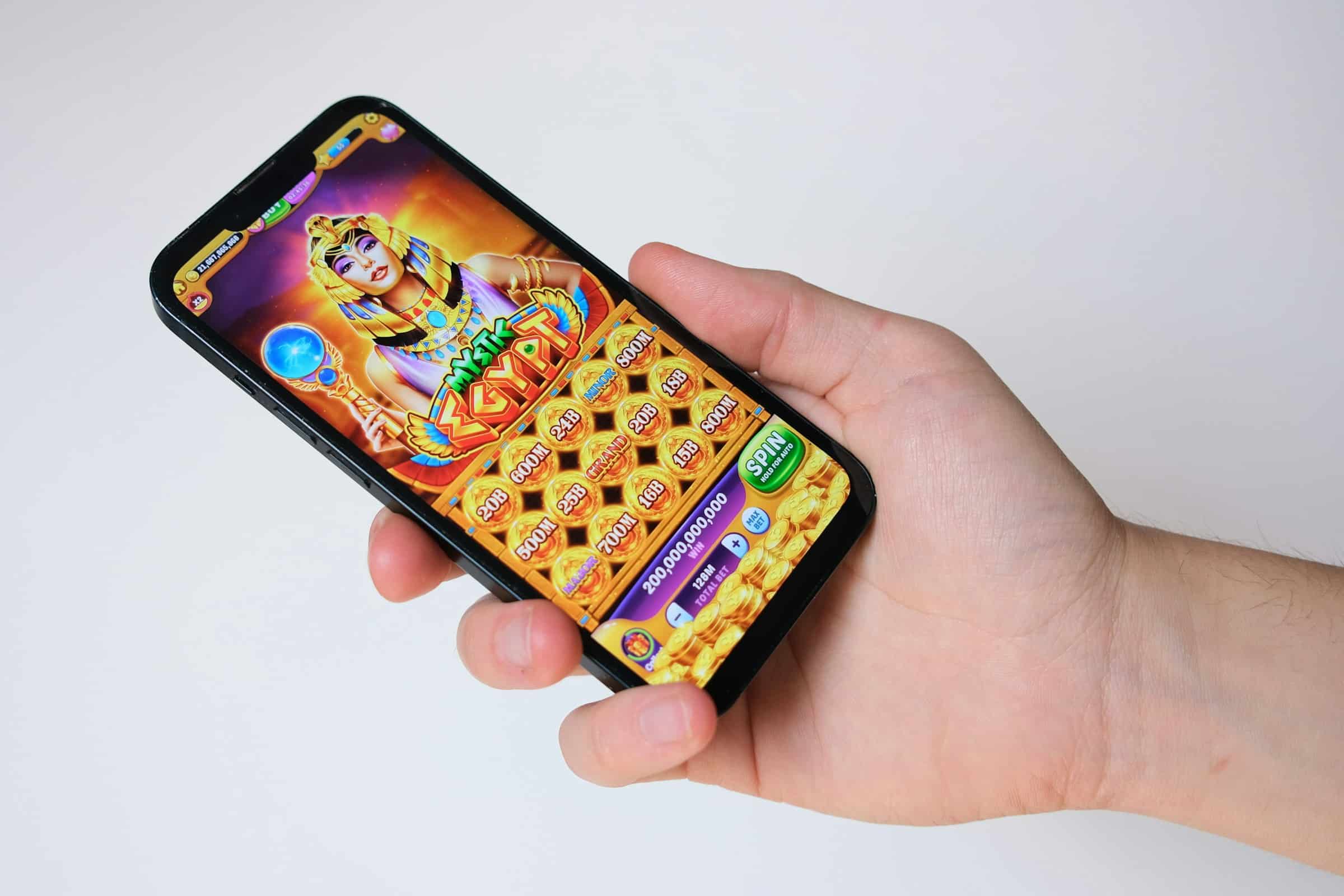Mobile gambling has become very popular all over the Philippines. What used to mean going to a casino or betting shop now just means tapping a few times on a smartphone. Young Filipinos are at the forefront of this digital gambling revolution because they can easily access online casinos, sports betting sites, and e-sabong (online cockfighting). But what is really causing this trend, and what does it mean for the young people in the country? Let’s take a closer look.
How Did Gambling on Mobile Devices Become Popular in the Philippines?
Everyone knows that the Philippines has one of the fastest-growing online gambling markets in Southeast Asia. Anyone can join the fun at any time and from any place, thanks to cheap smartphones, faster internet speeds, and a lot of gambling apps. Now, everything is just a click away, whether you want to spin a slot reel, bet on a basketball game, or join an online sabong match.
The Philippine Amusement and Gaming Corporation (PAGCOR) and other government agencies control most of the gambling industry, but the mobile side of it isn’t always easy to keep an eye on.
Many gambling companies based outside of the Philippines offer services to Filipinos. Because they are based outside of the country, they often get around local laws. These apps are heavily advertised on social media, and they offer attractive bonuses and free credits that are hard for young people to turn down.
These mobile platforms feel more like games than gambling because of their flashy designs, quick gameplay, and competitive atmosphere. That’s where the problem starts.
Why Young Filipinos Are Getting Addicted

Many gambling apps can be downloaded right away without having to show ID or prove your age, unlike regular casinos that do check IDs and have age limits. You can start playing in a matter of seconds, and you usually don’t need much money. That low barrier to entry makes gambling seem safe for teens and young adults.
There is also a cultural aspect to it. Filipinos have always loved to gamble, whether it’s betting on fiestas, playing bingo at family gatherings, or cheering for their favorite sabong rooster. For a lot of young players, it just seemed like the next step when gambling went online. With the help of social media, where streamers and influencers show off their “big wins” and betting strategies, it’s easy to see how gambling becomes glamorized.
The Risks Filipinos Can’t See Behind the Screen
Mobile gambling may seem like a fun and safe way to pass the time, but it can be very dangerous, especially for younger players. Addiction is the biggest problem. Bright graphics, constant rewards, and instant feedback are all things that gambling apps use to keep users coming back.
A lot of young players start with small bets, but then they lose and have to chase their losses, which costs them more than they can afford. This can quickly lead to debt or even borrowing money to gamble for people who don’t have a steady income.
There is also the mental cost. Losing over and over can make you angry, anxious, and depressed. And since mobile gambling is private, it’s easy for these problems to go unnoticed until they get really bad. Another big worry is safety.
Many gambling sites that aren’t regulated don’t protect users’ data or transactions, which makes players easy targets for scams and identity theft.
What the Government Is Doing and Its Challenges
The government of the Philippines has tried to control online gambling, mostly through PAGCOR, which gives licenses to legal operators and makes sure that people play responsibly. A lot of the apps that teens and young adults use are hosted in other countries, where local authorities can’t get to them.
More and more people are worried about unlicensed operators. They don’t care about age limits, and they often use hard-to-trace cryptocurrencies or third-party payment systems. This makes it almost impossible to stop kids from gambling or stop people from stealing money.
Experts think that the answer isn’t just stricter laws; it’s also teaching people. Digital literacy programs that teach teens how to spot dangerous sites, set limits, and gamble safely can make a big difference.
How to Roll the Dice Safely
Filipino teens are gambling on their phones more and more, and it’s not just a passing trend. It’s part of the country’s larger move to digital. Technology has made it easier to have fun, but it has also made things riskier, which needs to be dealt with.
As more young Filipinos use the internet, it’s important to help them develop healthy habits that mix fun with responsibility. Gambling can be fun, but only if you do it in moderation and know what you’re getting into. The real win isn’t hitting the jackpot; it’s knowing when to stop.














